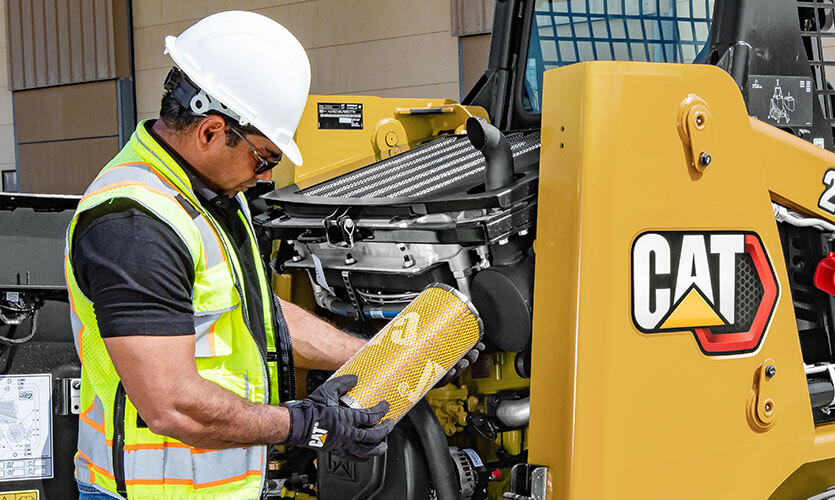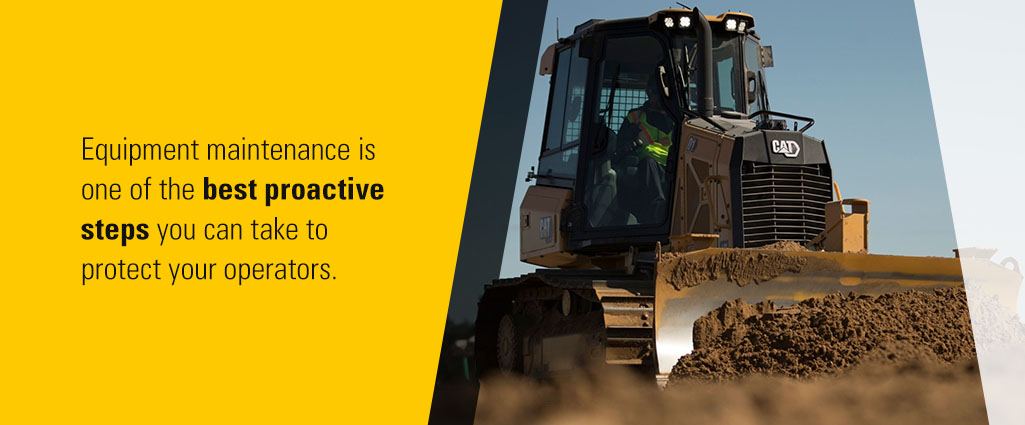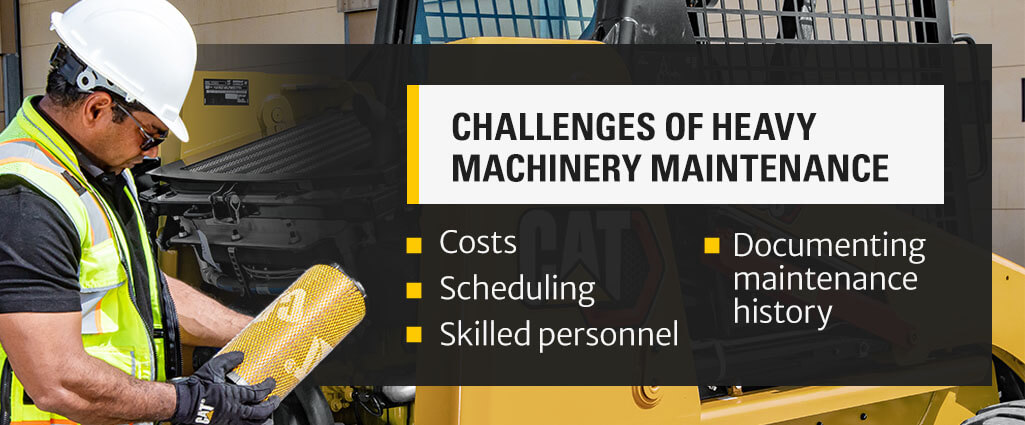As someone who works in agriculture, you know how much farming has advanced over the past several decades. Today, all kinds of technology support and streamline various types of farm work, from small daily tasks to more intensive harvesting work. However, depending on the size of your operations and your needs, equipment ownership may not be viable.
Fortunately, you can still reap the benefits of advanced equipment for farming and ranching without buying machinery outright. Renting offers a beneficial avenue for getting the machines you need, and Cat equipment rentals help you achieve greater productivity, efficiency and profitability.
Top Uses of Agriculture Equipment
Specific equipment can help you streamline your farm and ranch operations in various ways.
- Material handling: Loading, unloading and hauling materials like feed, hay, manure or harvested crops is often part of daily farming procedures. The right equipment simplifies these processes.
- Livestock management: Cleaning animal pens and stalls, transporting feed and moving livestock is easier with the help of different machines.
- Landscaping and ground maintenance: Farmers and ranchers can use equipment for property upkeep tasks, such as clearing brush, managing vegetation and grading and leveling.
- Irrigation: Another way farmers use heavy machinery is by digging ditches and trenches for irrigation and drainage systems across their properties.
How to Assess Your Equipment Rental Needs
Whether your budget is too small to purchase a piece of equipment or you want to test machinery before you buy it, renting can offer numerous benefits for your agricultural operations. Review some considerations beforehand to make the most of your experience.
- Identify your daily activities: Whether you’re busy with crop care or livestock management, consider the tasks you tackle daily to prioritize which types of equipment best suit your specific property and needs.
- Assess the scale of your operations: Your daily workload, the size of your land and the scope of your crops and livestock will all inform your decision-making, particularly regarding equipment size and capacity.
- Note efficiency gaps: If certain tasks require excessive time and attention, you can fill the efficiency gap with the right tools and machines.
- Get expert advice: Professional guidance can benefit your farming or ranching operation. A rental equipment expert can help you determine the right models for your unique applications.
- Rental terms: When choosing a piece of equipment to rent, you’ll need to keep in mind a few key factors like the rental duration, payment plans, insurance requirements and the machine’s availability. Ensure the rental terms are clear and fair and align with your farm’s ongoing needs.
Types of Cat Machines Used in Agriculture
Choosing Cat rental equipment can help you improve your farm work’s efficiency and productivity. You can rent the equipment you need for the exact amount of time you need it, and you aren’t responsible for long-term storage or repair costs. Caterpillar manufactures various types of farm equipment designed for durability and dependability.
Backhoe Loaders
A backhoe loader is a staple piece of agricultural equipment for digging operations. Farmers can rent backhoes for various tasks, such as digging, streamlining material handling and transporting loose materials, such as sand, rocks or dirt.
Compact Track Loaders
Another popular type of machine for farming applications is a compact track loader. This equipment allows more straightforward navigation on challenging, soft terrain, such as tilled soil or hills. They also are compatible with a wide variety of useful attachments and work tools.
Multi-Terrain Loaders
Thanks to their superior traction and stability, Cat multi-terrain loaders are ideal for tackling jobs in harsh conditions. They are extremely versatile and can support a wide range of earthmoving applications.
Skid Steer Loaders
Farmers and ranchers use skid steer loaders for numerous tasks, from transporting feed to clearing brush. Their compact size makes them an excellent tool for accessing hard-to-reach areas in a barn or on your property.
Telehandlers

Telehandlers, also known as telescopic forklifts, are highly versatile machines that allow operators to reach various heights and distances. They are a great machine for farmers who want to tackle barn operations and material handling tasks.
Track Loaders
Many ranchers and farmers use track loaders for loading and unloading applications. Cat track loaders are incredibly durable, maneuverable and versatile, making them a great choice for tasks with rugged terrain or tight spaces.
Wheel Loaders
Another common machine used in agriculture applications is a wheel loader. These pieces of equipment come in various sizes and can be used with a variety of attachments to diversify their uses. Farmers can use them to dig, lift and haul materials across their properties.
Wheel Tractor-Scrapers
Cat wheel tractor-scrapers support various farming tasks, from stockpiling feed to dumping on the go. Farmers and ranchers can enjoy many benefits from renting one of these machines, including boosting productivity and performance.
Aerial Lifts and Other Non-Cat Rental Equipment for Farming
The agricultural industry also uses various farming equipment from manufacturers other than Caterpillar. Some examples of non-Cat, non-earthmoving machines available for rent include:
- Scissor lifts: This equipment features a platform that can be raised and lowered, allowing farmers to tend to ceilings and various levels of a barn, shed or similar structure.
- Generators: A rental generator can provide much-needed power for farms and ranches during an outage or emergency. This equipment enables continued operation of essential operations and tools.
- Welders: Making repairs to metal structures or machines is easier with the help of a portable welder rental.
- Trailers: Rental trailers are handy for transporting livestock, harvested crops, feed and other equipment from site to site.
- Dump trucks: These vehicles are useful for moving bulk materials such as manure, feed or crops. They are available in various sizes to suit different material handling needs.
- Water trucks: Water truck rentals are a great option for supplementing your farming fleet and distributing water across your property for irrigation.
Best Cat Machinery Attachments for Farming
Attachment rentals allow you to diversify how you use your equipment. The large selection of work tools and attachments from Caterpillar can supercharge and streamline farming applications:
- Augers: Farmers and ranchers can use auger attachments for installing fence posts, planting trees or setting up signage across their properties.
- Bale spears: Bale spears penetrate bales, making them safer and easier to transport.
- Brooms: You can add a broom attachment to skid steers or tractors to clear debris, snow or dirt from farm pathways and barns.
- Compactors: Also known as packers, compactors help farmers compress soil, gravel and other materials.
- Forestry mulchers: These heavy-duty attachments help manage brush, undergrowth and vegetation for easier disposal.
- Forks: A fork attachment streamlines lifting and transporting applications, like hauling hay bales or moving palletized goods.
- Hammers: Hammers, commonly known as hydraulic breakers, can be handy tools for demolition projects, such as tearing down an old shed or breaking up big rocks on your property.
- Landscape rakes: A landscape rake attachment makes tasks like prepping seedbeds, spreading gravel or clearing debris easier and quicker.
- Material handling arms: These arms are versatile attachments that can help operators lift, carry and position various materials.
- Skid steer blades: Skid steer blades, sometimes called dozer blades, are useful for grading, land leveling and pushing materials, like snow or dirt.
- Skid steer buckets: You can find specialized skid steer buckets in different sizes and configurations for different farming tasks.
- Stump grinders: A Cat stump grinder attachment makes removing tree stumps easy.
- Telehandler buckets: Farmers can use telehandler buckets for material handling tasks across their properties.
- Tillers: A tiller attachment, which uses rotating blades to break up and turn the soil, can streamline field preparation.
- Trenchers: Trencher attachments are useful for agricultural tasks like creating irrigation systems or laying drainage pipes.
Find Cat Farm Equipment Rentals at the Warren CAT Rental Store
Warren CAT is your go-to source for agricultural equipment rentals as the authorized Cat Rental Store in West Texas and Oklahoma. Our extensive Cat machine and attachment inventory can help your farm or ranch achieve greater productivity and tackle your most important tasks.
Whether you’re looking for backhoe loaders, generators or telehandlers, our team is here to help you find the right options for your unique application and requirements. Browse equipment and attachment rentals from the Warren CAT Rental Store online, or find a location in your area today.









